UK space sector targets positioning navigation and timing sub systems
Sunday, 30 May 2021 07:57 6 UK businesses have won a share of over 2 million pounds in government funding to help shape options for the UK's satellite navigation and timing capability, to protect UK Critical National Infrastructure.
Leading UK space companies Airbus, CGI, Sirius Analysis, GMV NSL, Inmarsat, and QinetiQ will each receive a share of the funding to help develop system design and operation, signals and
6 UK businesses have won a share of over 2 million pounds in government funding to help shape options for the UK's satellite navigation and timing capability, to protect UK Critical National Infrastructure.
Leading UK space companies Airbus, CGI, Sirius Analysis, GMV NSL, Inmarsat, and QinetiQ will each receive a share of the funding to help develop system design and operation, signals and Chinese cargo spacecraft docks with orbital station
Sunday, 30 May 2021 07:43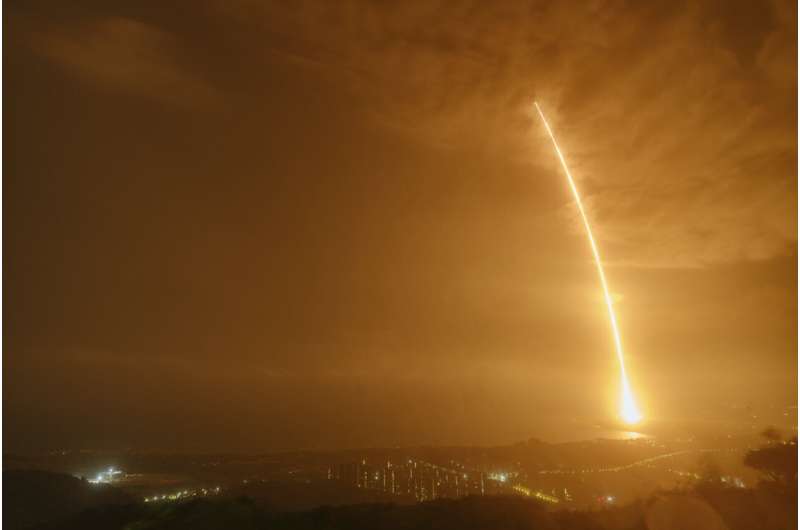
An automated spacecraft docked with China's new space station Sunday carrying fuel and supplies for its future crew, the Chinese space agency announced.
Tianzhou-2 docks with China’s space station module
Saturday, 29 May 2021 20:21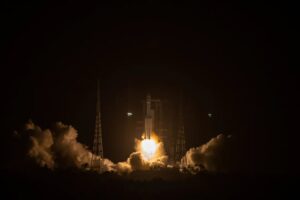
HELSINKI — China’s Tianzhou-2 cargo spacecraft docked with the Tianhe space station module in low Earth orbit Saturday, eight hours after launch from Wenchang spaceport.
China launches cargo rocket with supplies for space station
Saturday, 29 May 2021 17:43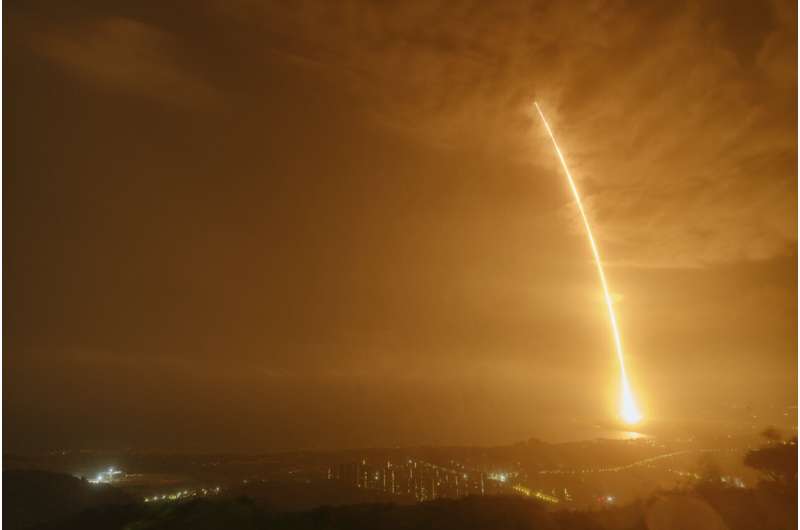
Op-ed | Honor Our Fallen Space Pioneers This Memorial Day
Saturday, 29 May 2021 11:00
This Memorial Day, as we remember American servicemen and women who gave their lives for their country, we should also recognize another group of patriots who also paid the ultimate price in service to the nation — our fallen astronauts.
OneWeb constellation to cross 200th mark after successful launch
Friday, 28 May 2021 20:33
TAMPA, Fla. — OneWeb’s broadband constellation is set to pass the 200th mark after Arianespace successfully launched its latest batch of satellites May 28.
Arianespace launched 36 satellites on a Soyuz-2.1b rocket 1:38 p.m.
NASA requests $24.8 billion in 2022, proposes to cancel SOFIA again
Friday, 28 May 2021 20:33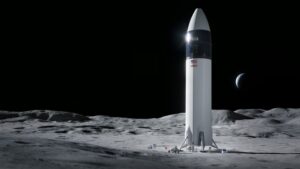
WASHINGTON — NASA released its fiscal year 2022 budget request May 28, asking for $24.8 billion to support a number of new and existing science and exploration programs but also proposing once again to cancel an airborne astronomical observatory.
Russian rocket launches UK telecom satellites after delay
Friday, 28 May 2021 20:09A Russian Soyuz rocket carrying 36 UK telecommunication and internet satellites blasted off from the Vostochny cosmodrome in Russia's Far East on Friday, the space agency said.
During the launch, which was carried out by Arianespace, the world's leading satellite launch company, the Soyuz rocket took off at 1738 GMT.
"The launch went according to plan," Dmitry Rogozin, the head of the Roscosmos space agency, said on messaging app Telegram.
The launch was originally scheduled for Thursday but was postponed for technical reasons.
OneWeb, a London-headquartered company, is working to complete the construction of a constellation of low earth orbit satellites providing enhanced broadband and other services to countries around the world.
The company is competing against billionaires Elon Musk and Jeff Bezos in the race to provide fast internet via satellites for the world's remote areas.
The UK company plans for its global commercial internet service to be operational by next year, supported by some 650 satellites.
Earlier launches of 36 satellites each took place in April and March.
"The satellites arrive pre-assembled from Florida in containers. Our team takes them over in Russia and accompanies them from their arrival at the airport until the launch," Arianespace launch campaign manager, Jean-Claude Garreau, told AFP.
SpaceX CRS-22 mission to space station launches water bears, squid, solar panels
Friday, 28 May 2021 19:53
The 22nd SpaceX cargo resupply mission carrying scientific research and technology demonstrations launches to the International Space Station from NASA's Kennedy Space Center in Florida no earlier than June 3. Experiments aboard include studying how water bears tolerate space, whether microgravity affects symbiotic relationships, analyzing the formation of kidney stones, and more.
Highlights of the payloads on this resupply mission include:
Water bears take on space
Tardigrades, known as water bears due to their appearance under a microscope and common habitat in water, are tiny creatures that tolerate environments more extreme than most life forms can.
Researchers develop better ways to culture living heart cells on the International Space Station
Friday, 28 May 2021 19:53
As part of preparing for an experiment aboard the International Space Station, researchers explored new ways to culture living heart cells for microgravity research. They found that cryopreservation, a process of storing cells at -80°C, makes it easier to transport these cells to the orbiting lab, providing more flexibility in launch and operations schedules. The process could benefit other biological research in space and on Earth.
The investigation, MVP Cell-03, cultured heart precursor cells on the space station to study how microgravity affects the number of cells produced and how many of them survive.
Biden seeks $2 billion funding boost for U.S. Space Force
Friday, 28 May 2021 16:47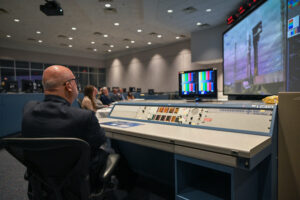
WASHINGTON — President Biden’s $715 billion defense budget proposal for 2022 includes $17.4 billion for the U.S. Space Force, about $2.2 billion more than what Congress enacted in 2021.
The proposed $715 billion defense budget is $11.3 billion more than what Congress appropriated in 2021.
Satellite operators near June 1 C-band clearing milestone
Friday, 28 May 2021 15:13
TAMPA, Fla. — As bitter legal disputes and billion-dollar price tags dominate headlines around C-band, work is frantically underway to clear the spectrum for U.S. terrestrial 5G wireless operators.
Satellite operators Intelsat and SES, which stand to gain the most from clearing the frequencies in time, are nearing a June 1 internal housekeeping milestone for vacating part of the band this December.
Researchers prepare to send fungi for a ride around the moon
Friday, 28 May 2021 15:07
Week in images: 24 - 28 May 2021
Friday, 28 May 2021 12:43
Week in images: 24 - 28 May 2021
Discover our week through the lens
Innovative video technology to call for new astronaut candidates
Friday, 28 May 2021 11:00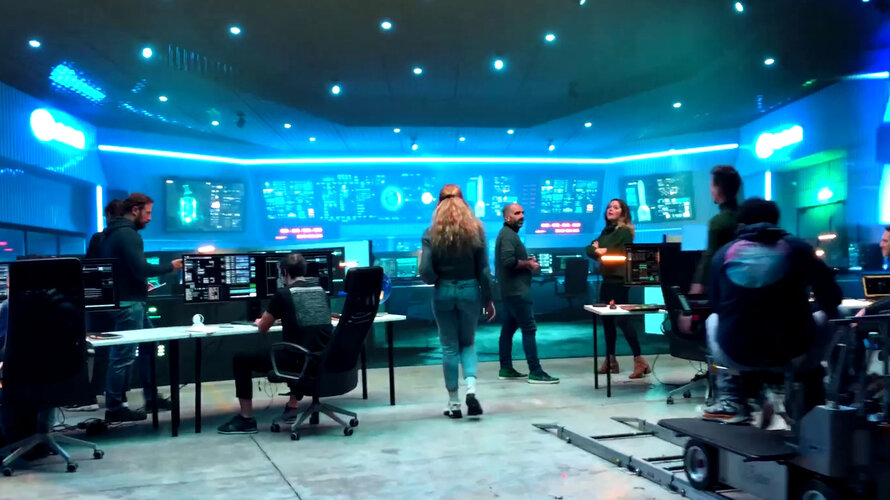 Video:
00:04:10
Video:
00:04:10
In the midst of COVID restrictions rendering travel close to impossible, ESA had to produce an ambitious video to call for applications to the 2021 astronaut selection.
The challenge of this project was to show locations as varied as a spaceship, a city, a canyon, a forest, ESA's satellite testing or control centres, Europe's space port in Kourou, or even the Moon.
To create the illusion of immersing the protagonists into these various environments, ESA teamed up with Duck Factory to use a "Virtual Set": a new technology, that has not yet been used to the full extent of

